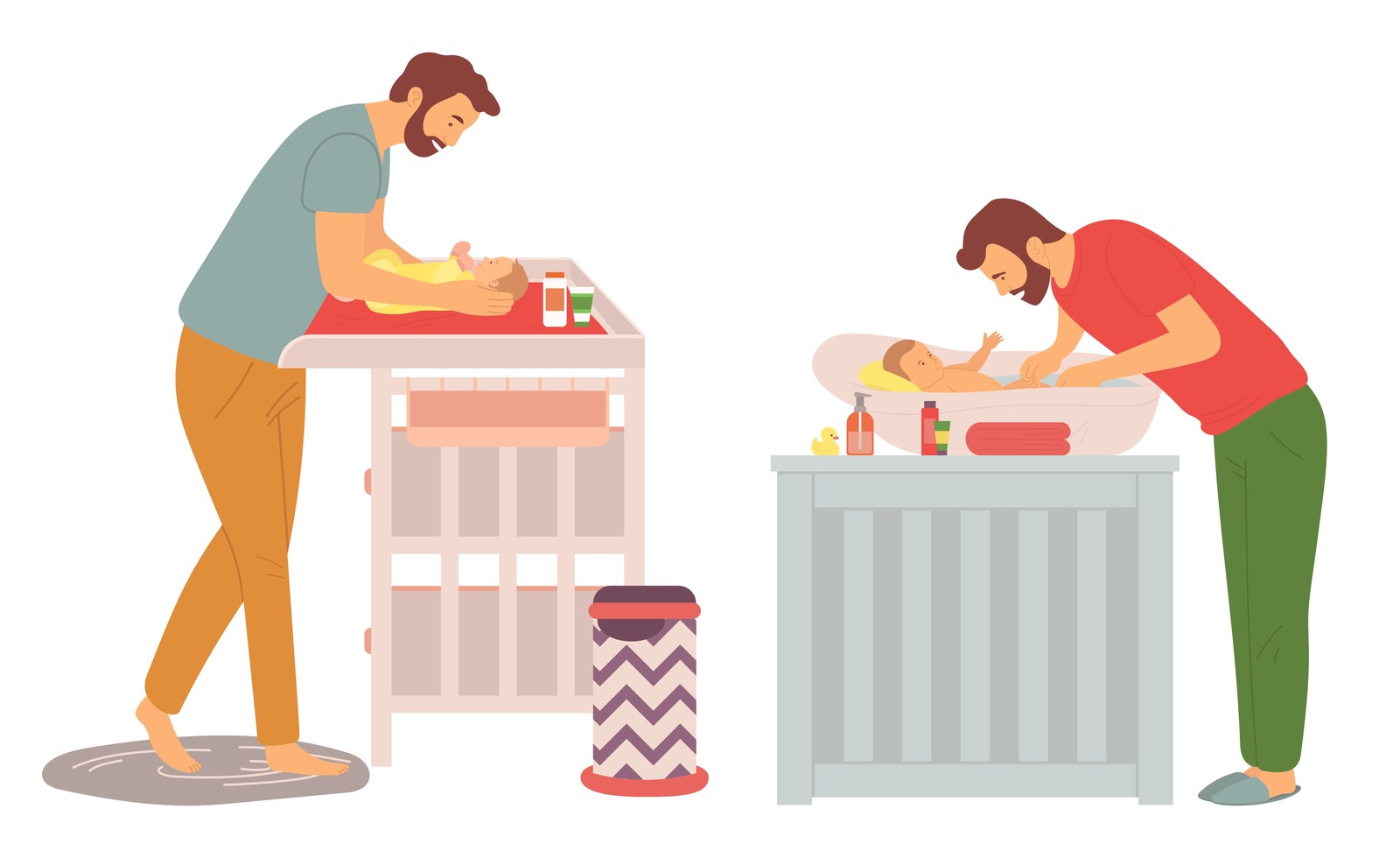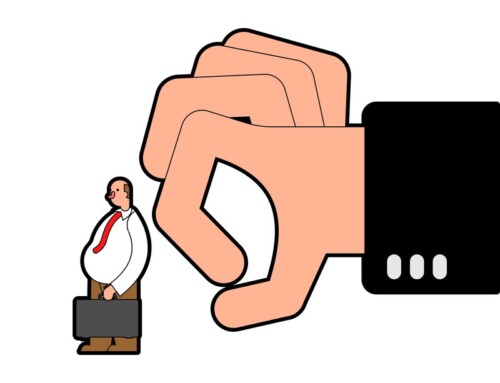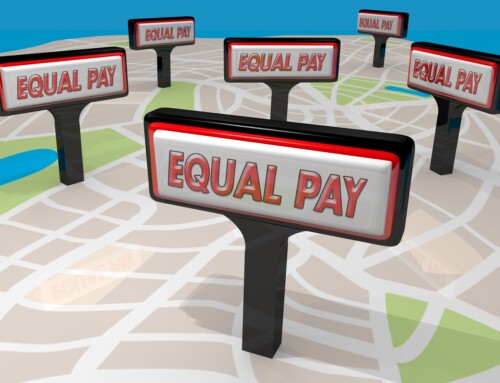
◆The percentage of women in managerial positions and the percentage of women taking childcare leave
The Ministry of Health, Labour and Welfare released the results of the 2019 Equal Employment Opportunity Survey on July 31st. The survey is designed to ascertain the actual status of employment management with regard to equal treatment of men and women and balancing work and family life. In 2019, the percentage of women in managerial positions and the use of childcare and family care leave systems were surveyed at companies and business establishments nationwide (as of October 1, 2019).
◆Percentage of employees who took childcare leave
In this survey, we would like to draw attention to the results of the survey on the use of the childcare leave system (6,209 workplaces (3,460 workplaces with valid responses, 55.7% response rate)). Of the women who gave birth during the year from October 1, 2017 to September 30, 2018, the percentage of women (and in the case of men, men whose spouses gave birth to children) who began childcare leave by October 1, 2019 (including those who had applied for childcare leave) was 83.0% for women (82.2% in fiscal year 2018) and 7.48% for men. (6.16% in fiscal year 2018).
◆Acquisition rate of workers with fixed-term contracts
The percentage of women with fixed-term contracts who gave birth during the same period was 77.5%, up 7.9 percentage points from the previous survey (69.6%), while the percentage of men with fixed-term contracts whose spouses gave birth during the same period was 3.07%, 4.47 points lower than the previous survey (7.54%). The take-up rate for male fixed-term workers was lower than in the previous survey, indicating that the rate has not grown as fast as for female workers.
◆Promotion of male employees’ maternity leave
The Japanese government has long been working to encourage men to take childcare leave. Although the childcare leave quota has increased for seven consecutive years, the rate of increase has remained modest, and we are nowhere near achieving the government’s goal of 13% in 2020. In response to this situation, the Ministry of Health, Labour and Welfare is considering establishing a new leave of absence system for fathers, focusing on the period immediately after the birth of their children. The proposal is to allow fathers to take a leave of absence for four weeks after the birth of their children with a simple procedure and increase the benefits.
Amidst a change in social awareness of the way people work due to the impact of COVID-19, companies may need to consider how to accommodate male employees taking the childcare leave.




